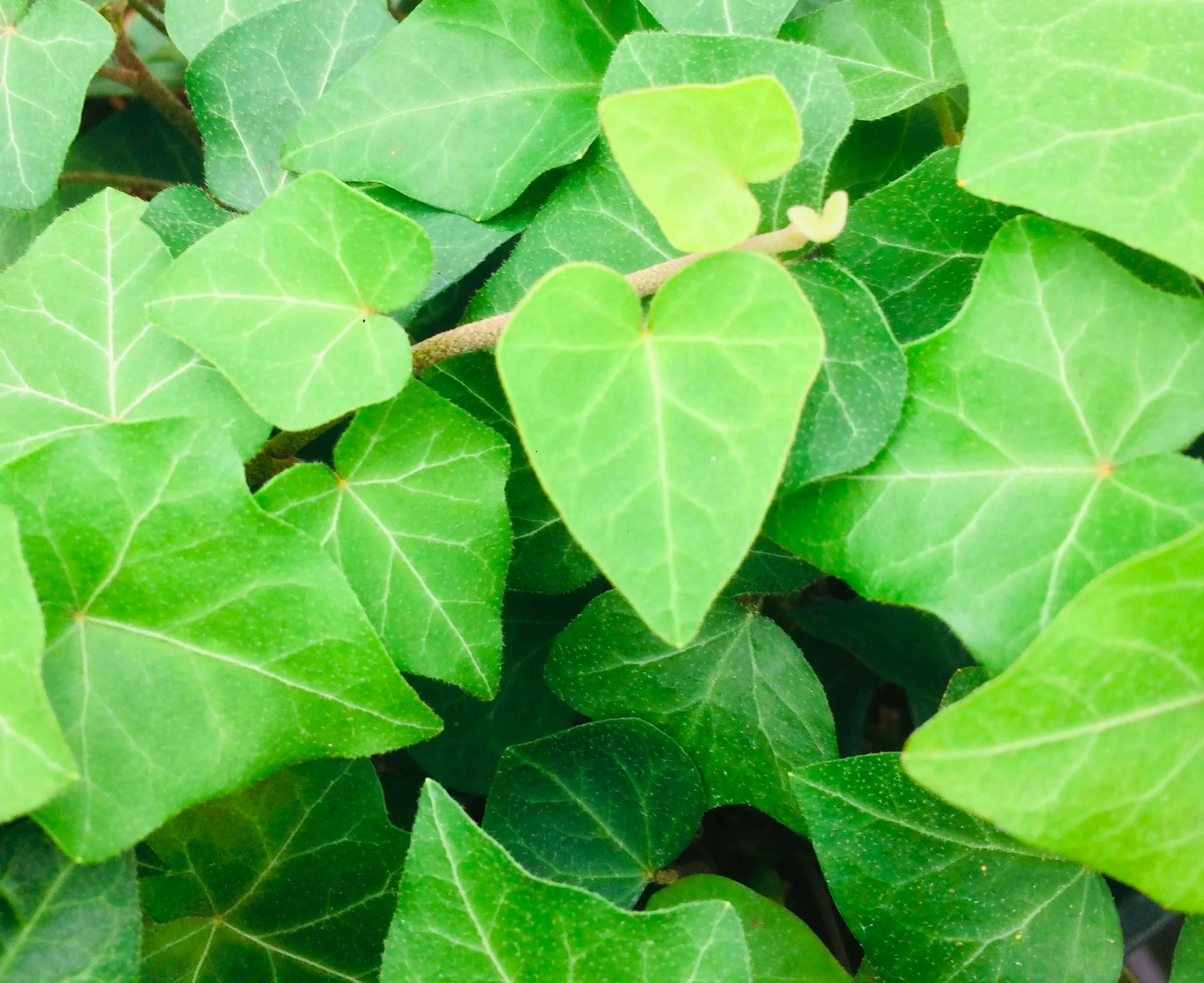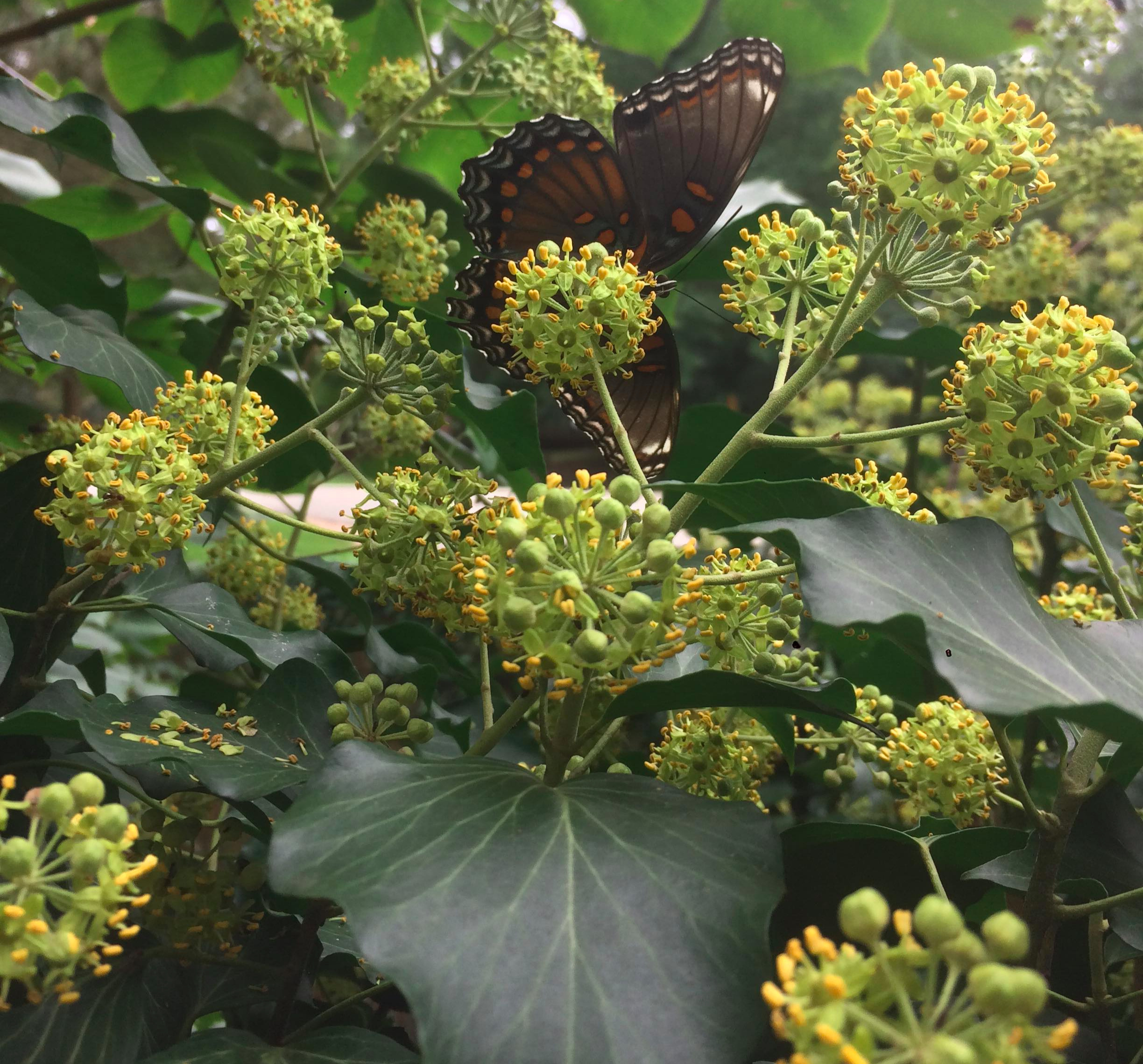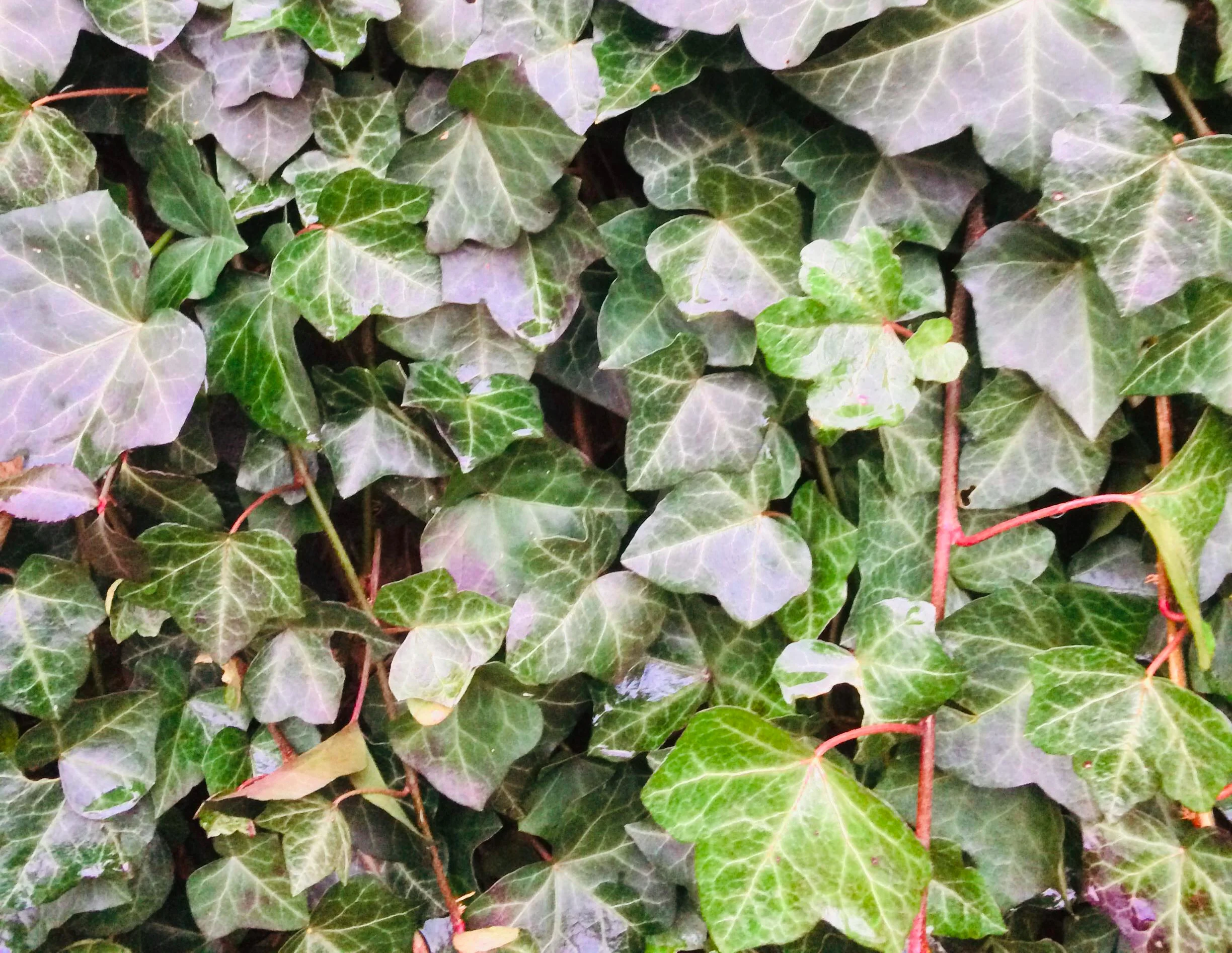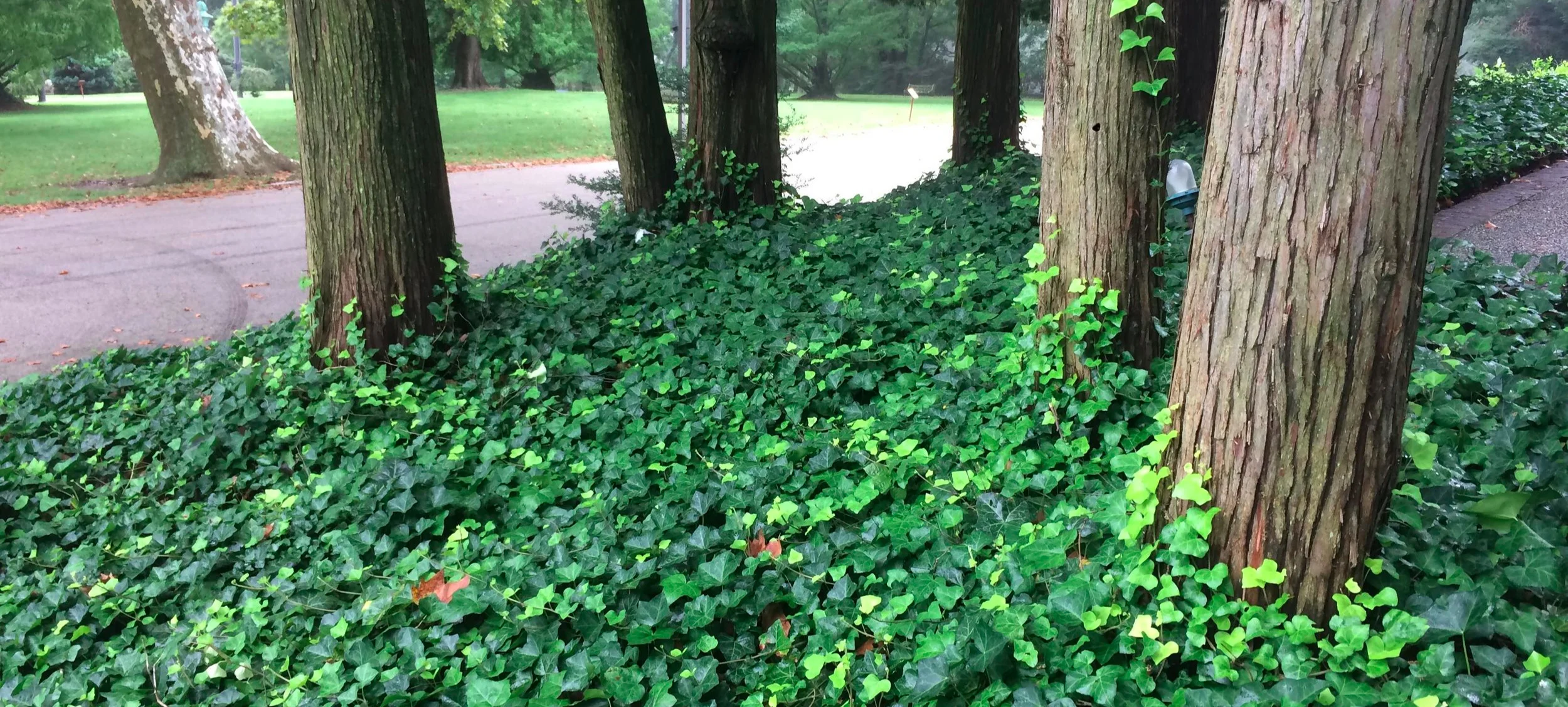The Incredible Potential of Non-Invasive English Ivy
English ivy (Hedera helix) is a plant that elicits strong reactions. People either love it for its evergreen attractive foliage, or hate it for its reputation as a persistent invasive plant that can colonize even old growth forests. But what if there’s more to the story?
After two years of searching, we have finally obtained the only cultivar of English ivy known to be a sterile triploid. Unlike other English ivy, this one will not produce viable seed or be dispersed into the landscape. This sterile variety is, therefore, a non-invasive plant with a number of fantastic applications that often go overlooked for this unique species:
Apple orchards
Pollinator gardens
Mosquito control
Herbal medicine
English ivy can be a powerful new tool for organic orchardists, a vital nectar source in autumn for native pollinators, a natural means of lowering mosquito populations, and a useful medicine for herbalists. Wild-harvested is always best, but if you must plant it, the only responsible choice is the non-invasive sterile variety ‘Woerneri’.
APPLE ORCHARDS
Extracts of ivy leaf have been shown to inhibit conidial germination of apple scab, and showed preventative activity against apple scab and powdery mildew in apple seedlings. Indeed, a 1947 study found that all parts of the ivy plant are active against apple scab, and that boiling it for 2 hours makes an active brew. Furthermore, leaves that had been dried for three months or longer still retained their potency, as did concentrations of extract as low as 1/128. Another study found that treating apple seedlings with ivy extract prevented fire blight as effectively as treatment with acibenzolar-S-methyl (commonly sold under ‘Actigard’). This study noted that foliar sprays of ivy extract at 3% concentration were the most effective. Utilizing English ivy - whether wild-harvested from invasive populations, or homegrown from the non-invasive variety - could prove to be a major new tool in the arsenal of organic apple growers.
All parts of the ivy plant - from roots and leaves to fruits and flowers - are active against orchard pathogens like apple scab (Venturia inaequalis)
POLLINATOR HABITAT
Native plants are by far the best choice for pollinator and butterfly gardens. However, there is a limited selection of plants that flower as late and as prolifically as English ivy. It is a phenomenal summer-to-fall nectary source for pollinators - a lean time when very few plants are flowering. If you ever happen to come across a flowering ivy vine, you will undoubtedly see hundreds of native bees, wasps, moths, and butterflies swarming it. George Basset of Poplar Organics in NJ told me that he gets hundreds of monarch butterflies congregating in an eastern red cedar tree with English ivy growing up into it. He thinks it’s a combination of ivy flowers being an excellent late season nectary source, and the evergreen of the ivy leaves and cedar creating a warmer microclimate that might resemble the mountain fir forests of Mexico where monarchs overwinter. Whether or not this is true, it’s important to remember that ivy trailing on the ground will not flower, and the vine must be trained up a vertical object (tree, post, stump, etc.) to initiate flowering. It is also vital to never plant normal English ivy that can produce viable seeds. The sterile variety will still flower, but its seeds will not be viable and it won’t spread into the landscape.
English ivy flowers draw hundreds, if not thousands, of native pollinators in the lean months when nectary sources are rare
MOSQUITO CONTROL
A study found that extracts of Hedera helix leaves or fruits at very low concentrations effectively killed up to 95% of mosquito larvae, including species that carry malaria. In areas where mosquito-borne disease is a concern, ivy extracts can be used to limit the ambient mosquito population.
HERBAL MEDICINE
English ivy boasts a long history of folk medicinal use throughout Europe. Leaf extracts have exhibited antispasmodic, anti-inflammatory, antimicrobial, analgesic, anthelmintic, antitrypanosomial, antileishmanial, antitumor, antimutagenic, moluscocidal, antioxidant and antithrombin activities. Although care must be taken to avoid potentially fatal poisoning, small quantities of ivy leaf (traditionally called Folium Hederae) prepared by a professional herbalist can be beneficial for a wide range of ailments. Again, this is a highly toxic plant, and should not be consumed or applied to the body without the oversight of a professional.
Unchecked, English ivy can dominate the groundcover layer. Invasive populations like these should be harvested first.
For those wishing to harvest English ivy for its many benefits, the best way is simply to locate a wild stand of invasive ivy. Harvesting from the wild can cut back on invasive populations, which will benefit you and your local ecosystems. For those wishing to grow it themselves, we can only recommend that you plant the single known sterile variety. So far there is no nursery that offers it for sale, but we hope to propagate enough of it to begin offering it this Fall. Stay tuned!





